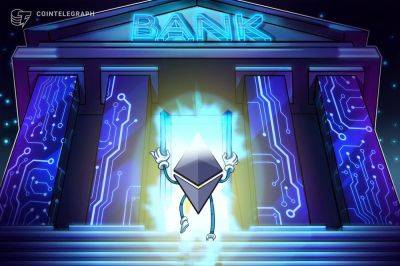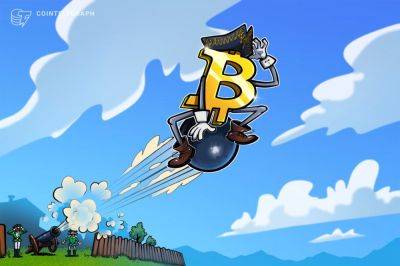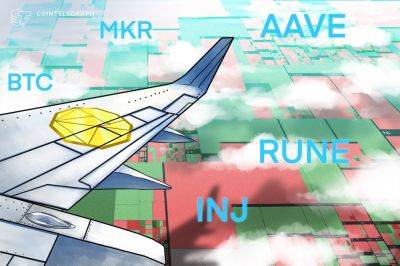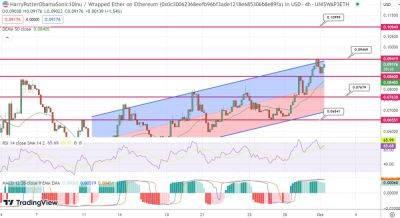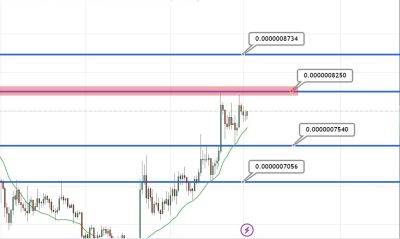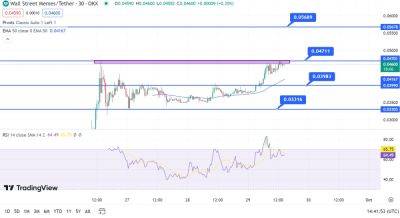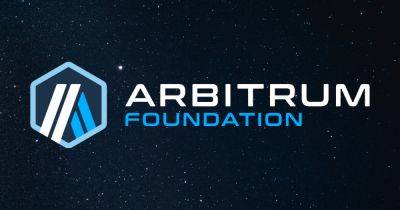Web3’s resilience amidst the bear market: A promising horizon awaits
In the cyclical rhythm of technological innovation, bear markets often appear as challenging interludes. Yet, for those well-versed in the evolutionary journey of the internet, they are not to be feared. Instead, they present a profound opportunity for introspection, refinement and robust growth. The introduction and proliferation of Web3 technology is a testament to this journey, promising to usher in an era of decentralization, self-sovereignty and true digital ownership. But what makes Web3 so resilient amidst the bear market’s testing times?
The digital realm’s evolutionary story begins with Web1, the internet’s static, read-only version. Here, passive users consumed pre-packaged content without meaningful interaction. Then came Web2, which empowered users to become content creators, igniting the rise of social media, blogging platforms and collaborative wikis. However, as revolutionary as these shifts were, they were but stepping stones to the more transformative Web3.
Web3 doesn’t merely offer incremental improvements; it offers a paradigm shift. It emphasizes the decentralization of power and control, enabling genuine digital ownership and fostering an environment where users control their data. While Web2 revolutionized content creation, Web3 promises to redefine content and data ownership in an era of increasing concerns over privacy and autonomy.
While the bear market’s shadows might seem long and ominous, history reminds us that it’s in these very crucibles that genuine innovation takes root. Recall the dot-com bubble of the late 1990s and early 2000s. While many startups with lofty valuations but little substance went bust, the period also gave birth to tech behemoths like Amazon, Apple and Google. These
Read more on cointelegraph.com



